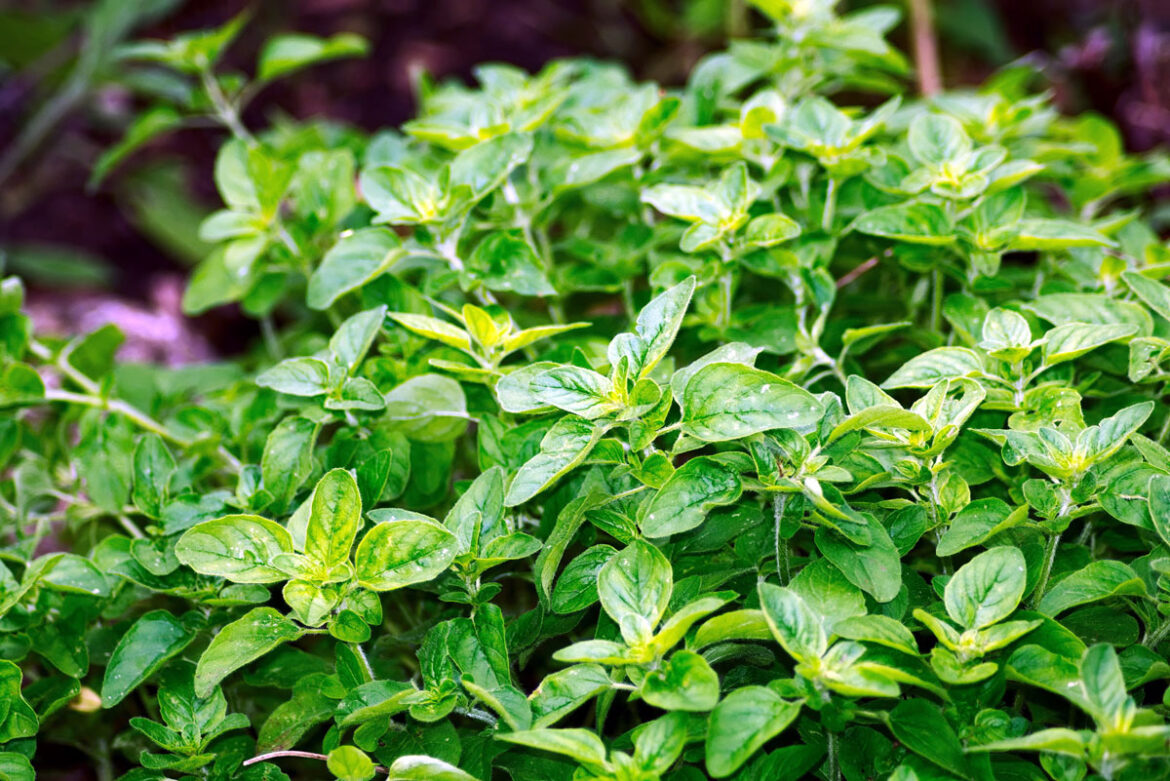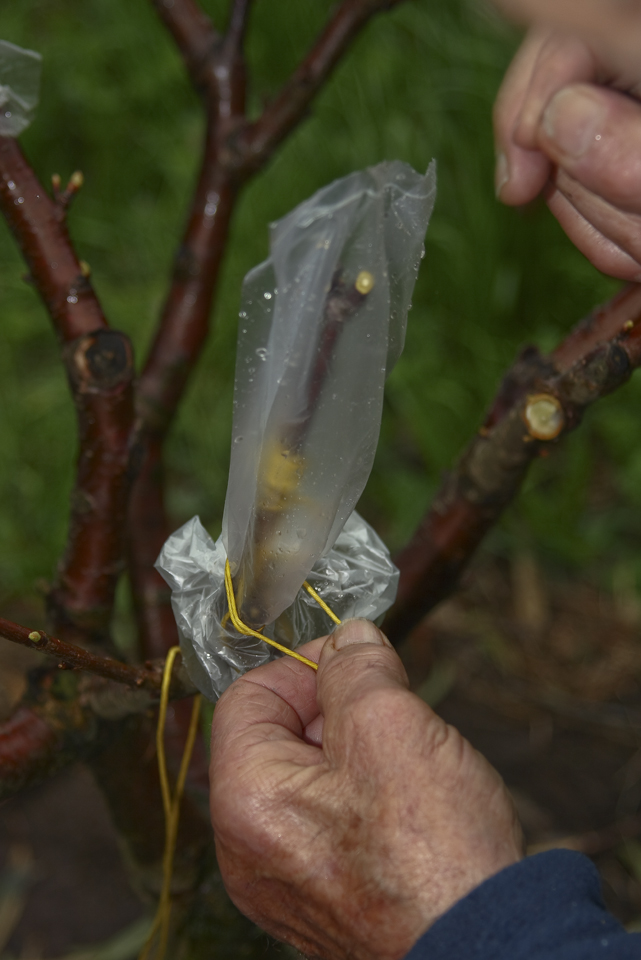Oregano is one of the most important herbs used in cooking. Whether for Italian dishes or as a seasoning for salads and fish, it is always good to have a bottle of this herb on hand.
Although it is used dry, it can also be used fresh, so if we have a plant in the kitchen, we have self-service all year round.
Growing Oregano in the Garden
The use of this perennial plant is widespread in Mediterranean cuisine (where the Italians have a lot to say), which of course extends to many countries.
As we have already said, it can be eaten both dry (stored in a boat) and fresh, although it has the most flavour and aroma when the dry leaves are left.
As if that weren’t enough, oregano doesn’t just live off its intoxicating flavour, it’s also considered a medicinal plant. And it is.
Its antioxidant and antimicrobial properties make it ideal for preventing certain minor ailments.
Used as an infusion, it also soothes coughs and is effective for diabetics.
Studies are currently being carried out on the use of oregano for its anti-cancer potential, but it is too early to speak of results.
Climate and Soil
Oregano is a distinctly Mediterranean crop, although it is widespread in many parts of Europe and Asia. In short, a temperate climate is ideal for its cultivation, especially in slightly humid and sunny areas.
As far as the soil is concerned, it requires soils rich in organic matter and moist.
The texture of the soil (sandy, clay, loam, etc.) is not important as long as it is soft and has a good capacity to retain moisture.
Substrates specially indicated for pots, mixed with peat and sand, are perfect if we want to have our oregano plant in the kitchen, near a window.
Fertiliser and Watering Requirements for Oregano
In the long term, you can have oregano for up to 10 years.
It is therefore important to have a plan. For example, a basic plan before planting and a maintenance plan that regularly incorporates organic matter around the plant (remember that it needs nutrient-rich soil).
To grow it in pots, we can use fertilisers containing the three essential nutrients: nitrogen, phosphorus and potassium (triple NPK).
In terms of watering, although it needs slightly moist soil, it is not advisable to water excessively. It is possible to monitor the hydration status of the plant through its leaves and know indirectly whether it needs watering or not. However, to avoid mistakes, the substrate should be checked.
A substrate that leaves traces of soil on our hands indicates that it is in its field capacity and should not be watered. A substrate that is crusty and leaves no moisture in the soil means it should be watered. But be careful…
Don’t make the mistake of checking the moisture content of the substrate just by looking at the top layer of soil. You should use a stick, your finger or something else to check the moisture in the lower layers.
When Can You Get Oregano Leaves?
If you are growing it at home and giving it all the “whimsy” it needs, you may be able to pick some leaves when you need them.
It is usually harvested in the summer, pulled towards the end of the summer season. You can cut off branches with several leaves and use them in this way.
To dry them, it is best to place them near a window or in a well-ventilated area so that they lose all their moisture. When they are dry, they are crushed into small pieces (like those found in our familiar spice jars).
Getting New Oregano Plants
Oregano is a popular plant and new varieties can be obtained easily and cheaply.
This can be done from seeds, cuttings or, more conveniently, by dividing the bush.
If you want to get new plants (other than the mother) from seed, sow them in early spring. It does not matter how they are divided as they will be banded later.
Once the seedlings have grown, you can separate them by 20 or 30 cm, and if you want to keep them permanently in the garden, it is best to leave them with a 50 cm planting frame.
For cuttings, the normal procedure is followed (as we saw in the article on cuttings). In spring 15-20 cm long branches are cut and rooted in pots grown indoors.
Propagation by bush is ideal for those who are short of time and want to do it as quickly and easily as possible.



